The big change, apart from the design, is the lightweight construction. The Q7, in its essential guise, sheds as much as 325 kg. The 45 TDI here is not the V8, but the V6, albeit with 249 PS in India. Dimensionally, it’s shrunk too, but little has changed: it is 37 mm shorter, 15 mm narrower, with the height and ground clearance changing with the active air suspension.
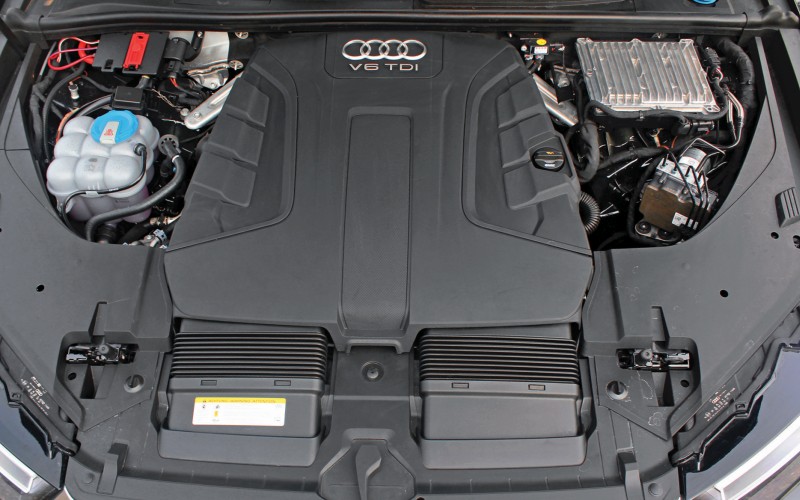
The V6 is an updated 3.0-litre TDI unit which now packs selective catalytic reduction to help with emission control. It does develop 249 PS and 600 Nm. The injection pressure is now 2,000 bar and the peak power band is now from 2,900 to 4,500 RPM, with torque peaking from 1,500 RPM. A ZF 8HP eight-speed automatic drives the quattro all-wheel-drive system, which now intelligently moves from front to a rear bias depending on drive mode and position.
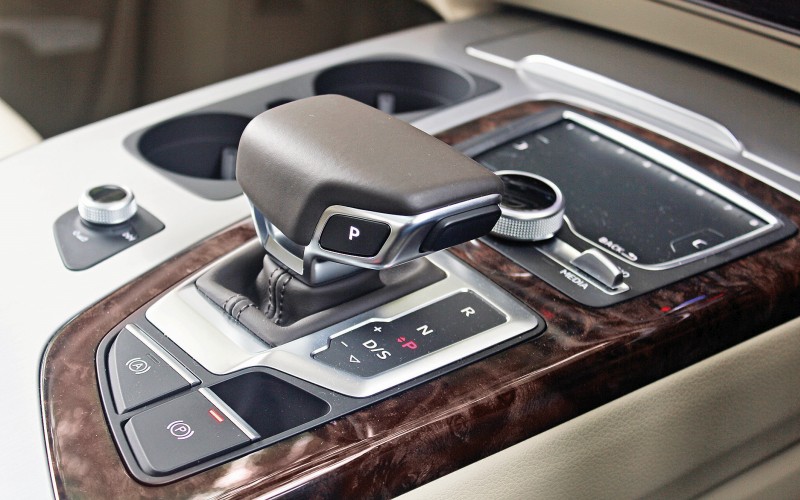
Audi’s drive select gives five modes to choose from: ‘Comfort’ is plush and relaxed, ‘Dynamic’ is stiff and sharp, with the car sinking down to 165 mm, aiding handling, ‘Individual’ lets you mix and match, while the new ‘Allroad’ mode with additional ‘Off-road Lift’ mode raises the car up to 240 mm. We did get to explore a hill thanks to this mode, and the Q7 performed admirably, even letting me try out its Hill Descent Control on the way down. But the beauty of the Q7 is that its all-round capability comes from its all-road ability.
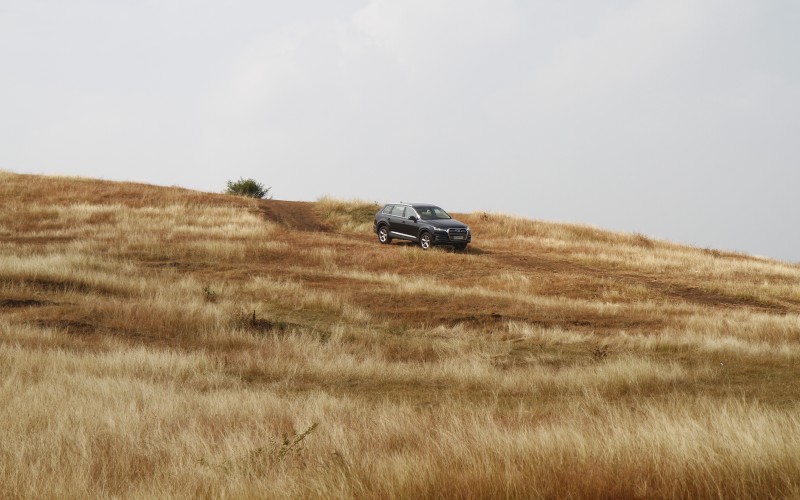


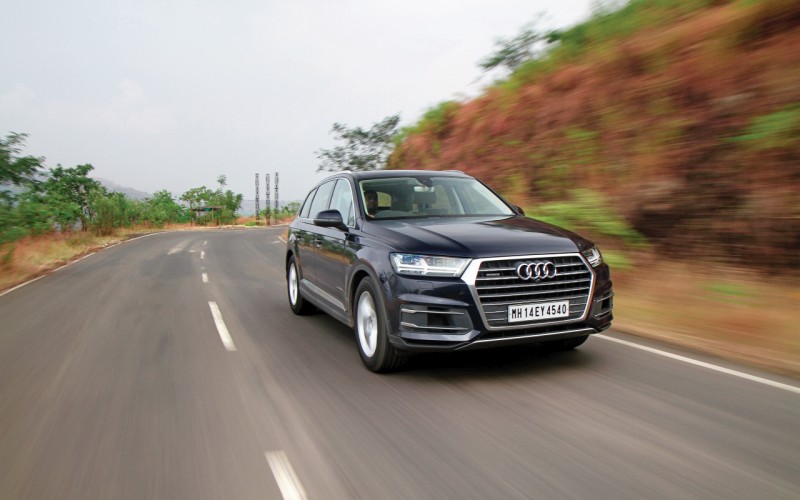





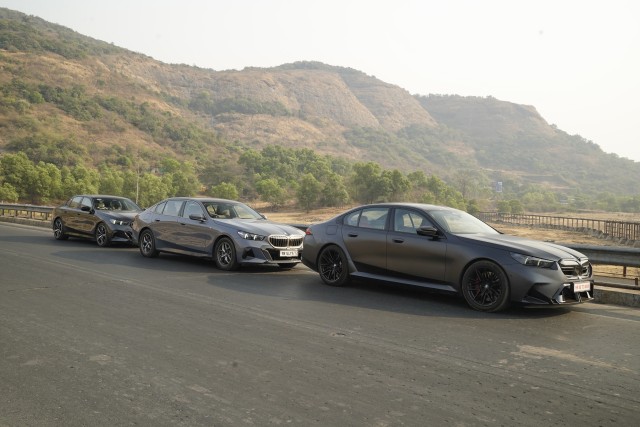
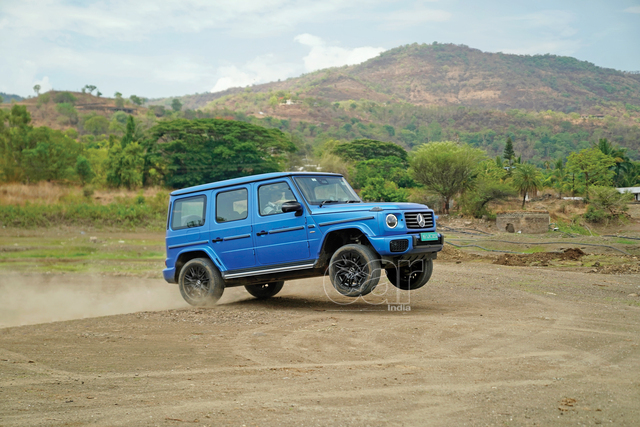
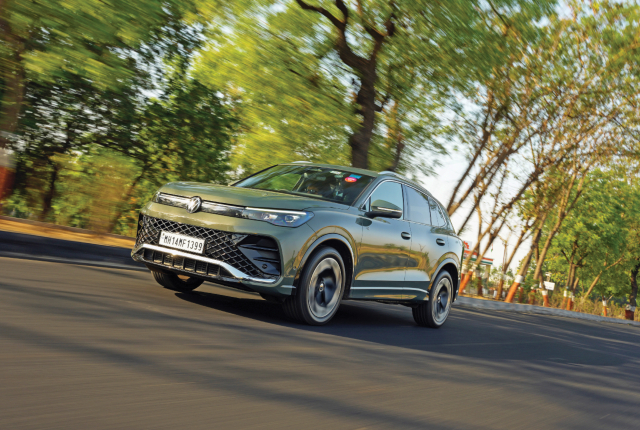
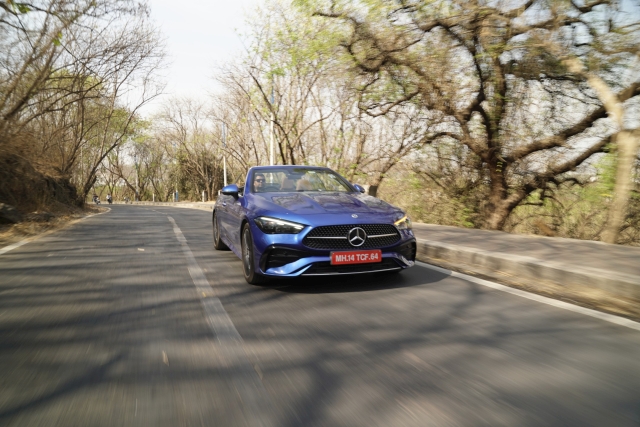

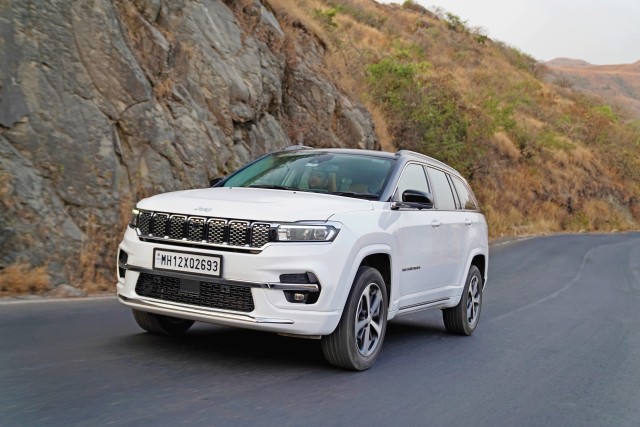
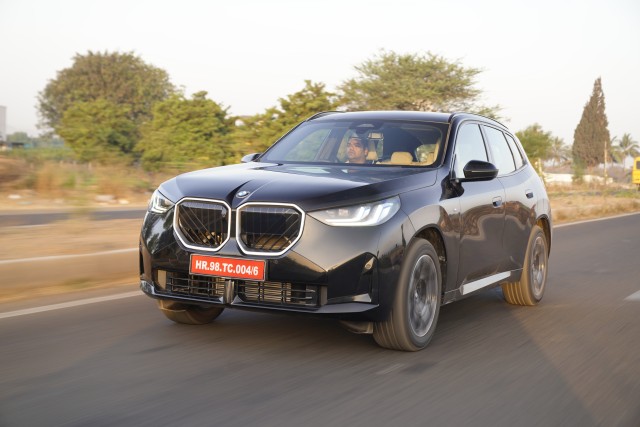
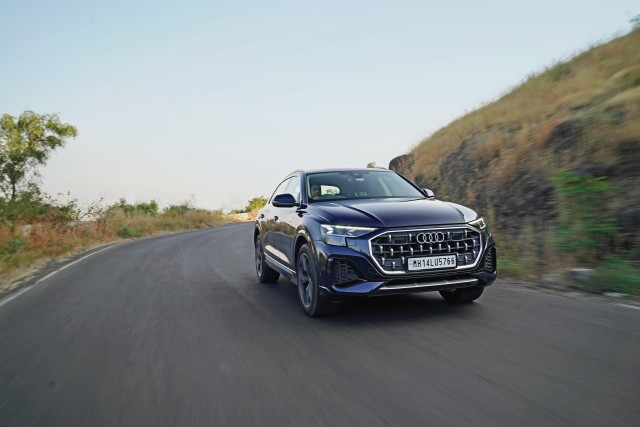
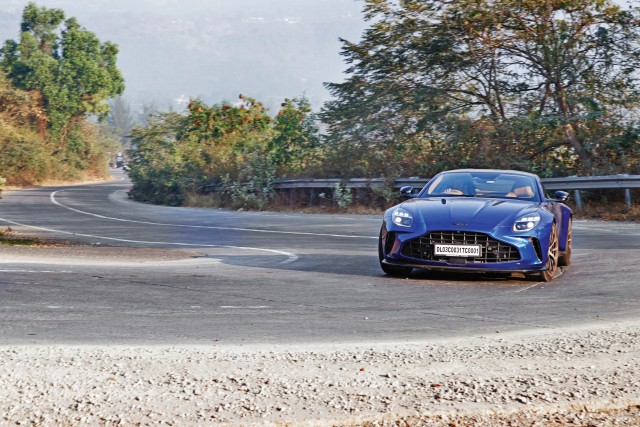
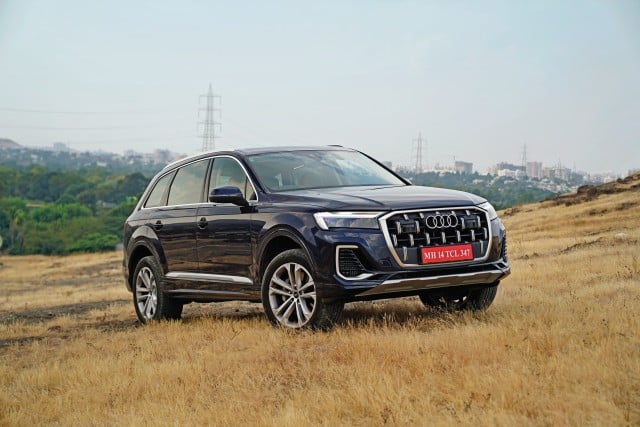
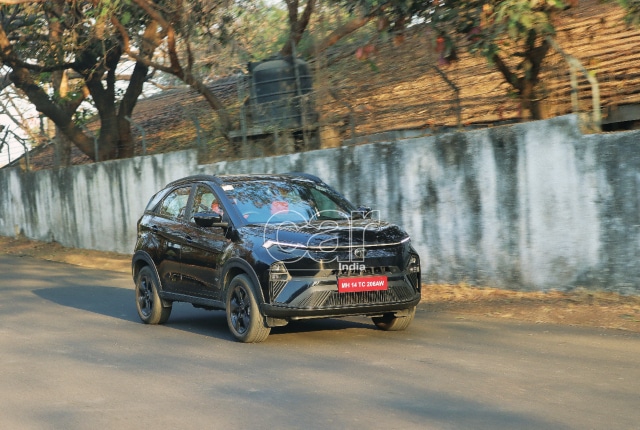



Leave a Reply